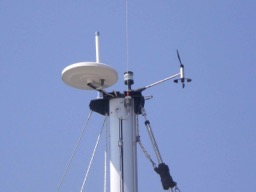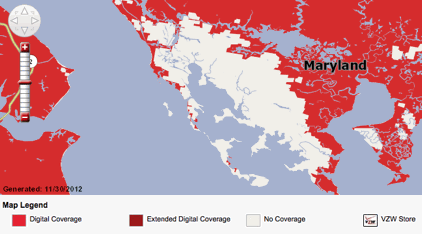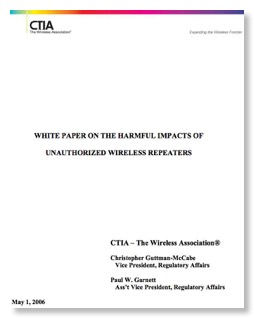Docket 10-4: Why Can't FCC Finish Routine Spectrum Issues?
We have written before of the saga of Docket 10-4 and the fundamental questions it raises about the ability of FCC to do the “bread and butter” of spectrum management while it is pressed by major industry groups to work on megaissues. It is ironic that in this case it is one of the the major industry groups, CTIA, that brought this issue to FCC but apparently has now decided to focus on the major issue of spectrum reallocation. But if a major industry can not get action on this type of “bread and butter” issue in anything resembling timely resolution, imagine a startup that needs FCC action to get its business plan going. Indeed imagine the difficulty such a startup might have getting VC funding in the future if the VC community perceives FCC as being consistently dilatory.
As a reminder of the issue here, CTIA submitted the document shown above to FCC on May 1, 2006 that dealt with interference caused to cellular systems by first generation “boosters”/“bidirectional amplifiers”, often used in rural areas where cellular coverage is marginal or inadequate. CTIA sought to have such units declared illegal even though FCC had been granting them equipment authorization under questionable legal authority for several years at that point. In the document shown above was this clear statement:
![]()
The clock at the top of this post shows how many days have passed since CTIA said this was “urgent, 2405 days as this is being written. (I will stop the clock when FCC resolves this matter.)
In my previous post on this topic I proposed a method for resolving this issue using a variant of negotiateg rulemaking that will try to avoid previous failures FCC has had with this approach and which can be done within existing laws and regulations. An ex parte filing was made to insure this was in the record of the proceeding. Apparently no one has paid any attention to my suggestions as all involved argue of the detailed merits of their favorite solution and there is little sign of closure on this issue. Also all sides are continuing to be hurt by the present ambiguity: The cellular carriers continue to get interference from first generation units that can still be sold legally by irresponsible vendors and they will continue to get interference for years into the future since this equipment probably lasts for about 5 years and there is no realistic way FCC can stop the use of equipment already sold. The responsible vendors are being hurt because they are underpriced by the irresponsible vendors and because the ambiguity of their product denies them access to capital markets. As said before, a true lose/lose situation!
So FCC and participants in Docket 10-4, how long will you continue to “knock your heads against the wall” to get this resolved using the present FCC deliberative process? Am I the only one who sees that something is basically wrong here with the FCC process for handling such issues?

VZW Claimed Coverage on Chesapeake Bay
So cellular industry, if you really think this use is illegal try to FCC to take enforcement action against me. (Note that at present FCC deals with even cellular and GPS jammer sales with NAL actions that probably rarely result in any payments of penalties.)




![Validate my RSS feed [Valid RSS]](valid-rss-rogers.png)

